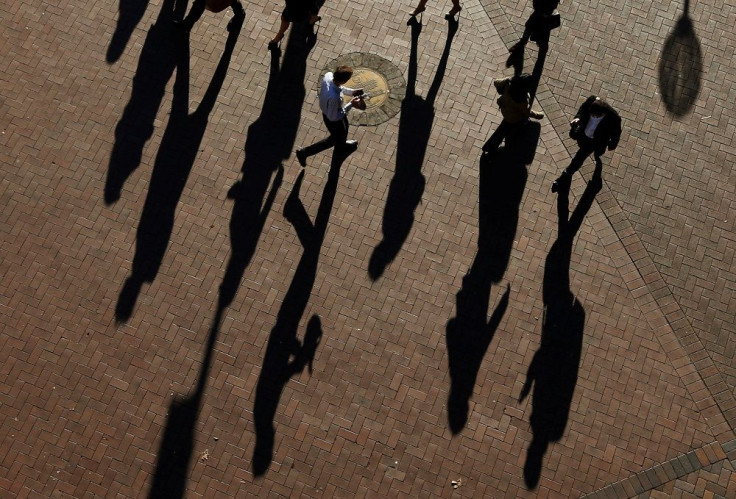Lesser number of part-time jobs causes Australia’s unemployment in June to rise to 5.8%

Australians who were employed in June were below the 10,000 to 13,500 expectation which resulted in Australia’s unemployment rate slightly rising to 5.8 percent. The joblessness rate in May was 5.7 percent.
According to the Australian Bureau of Statistics (ABS), the number of people with jobs increased by 7,900. Full-time jobs actually went up by 38,400, but the decline in part-time jobs by 30,600 resulted in net jobs of 7,900, reports Skynews. In May, jobs added was 19,200, while it was 10,800 in April.
Bruce Hockman, macroeconomic statistics general manager of ABS, explains, “The figures show the hours worked by employed people declined, but not by as much as in previous months,” quotes The Australian. He adds, “We are yet to see an increase in hours in 2016.”
Paul Dales, chief Australian economist of Capital Economics, says the figures indicate the country’s labour market is in reasonable shape. He notes, “The resulting spare capacity explains why wage growth is at a record low and why the RBA is more worried about the weak outlook for inflation than the outlook for the unemployment rate.”
However, labour participation rate, or the percentage of people employed or actively searching for work over the total labour force, went up to 64.9 percent.
The Australian Financial Review notes that the data confirms the country’s labour market is divided between the strong states of Victoria and New South Wales, and Western Australia and Queensland which are suffering from the weak commodity prices.
Victoria’s unemployment rate actually dipped by 0.1 percent to 5.7 percent, while the best rate was in NSW with 5.3 percent. However, South Australia confirmed its status as Australia’s unemployment capital with a joblessness rate of 7 percent, reports Herald Sun. To address the situation, the state government is offering incentives to businesses that would hire SA residents.
After the unemployment report came out, the Australian dollar was up almost US0.4c to US76.39c.
VIDEO: 2016-17 State Budget – Government of South Australia





















